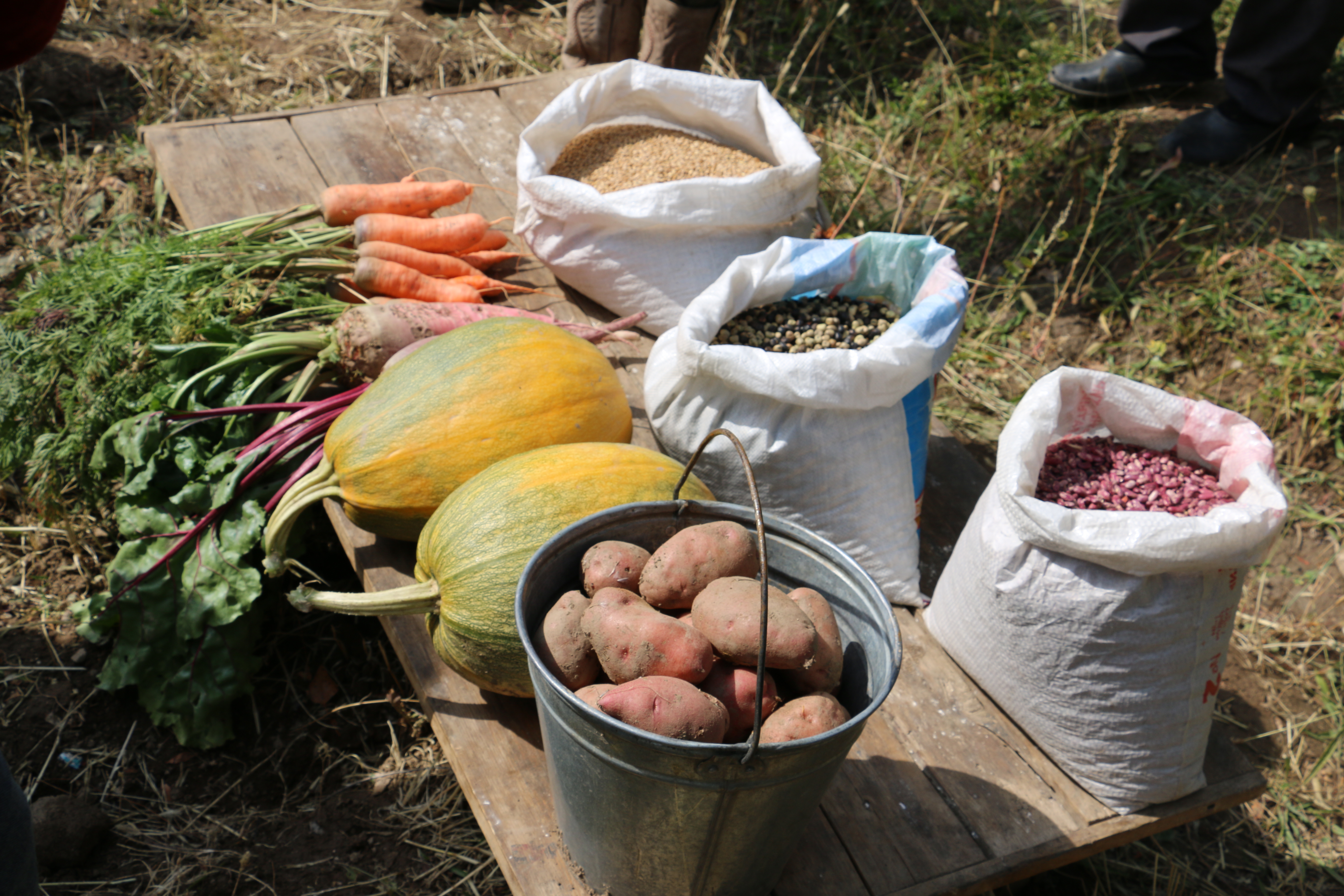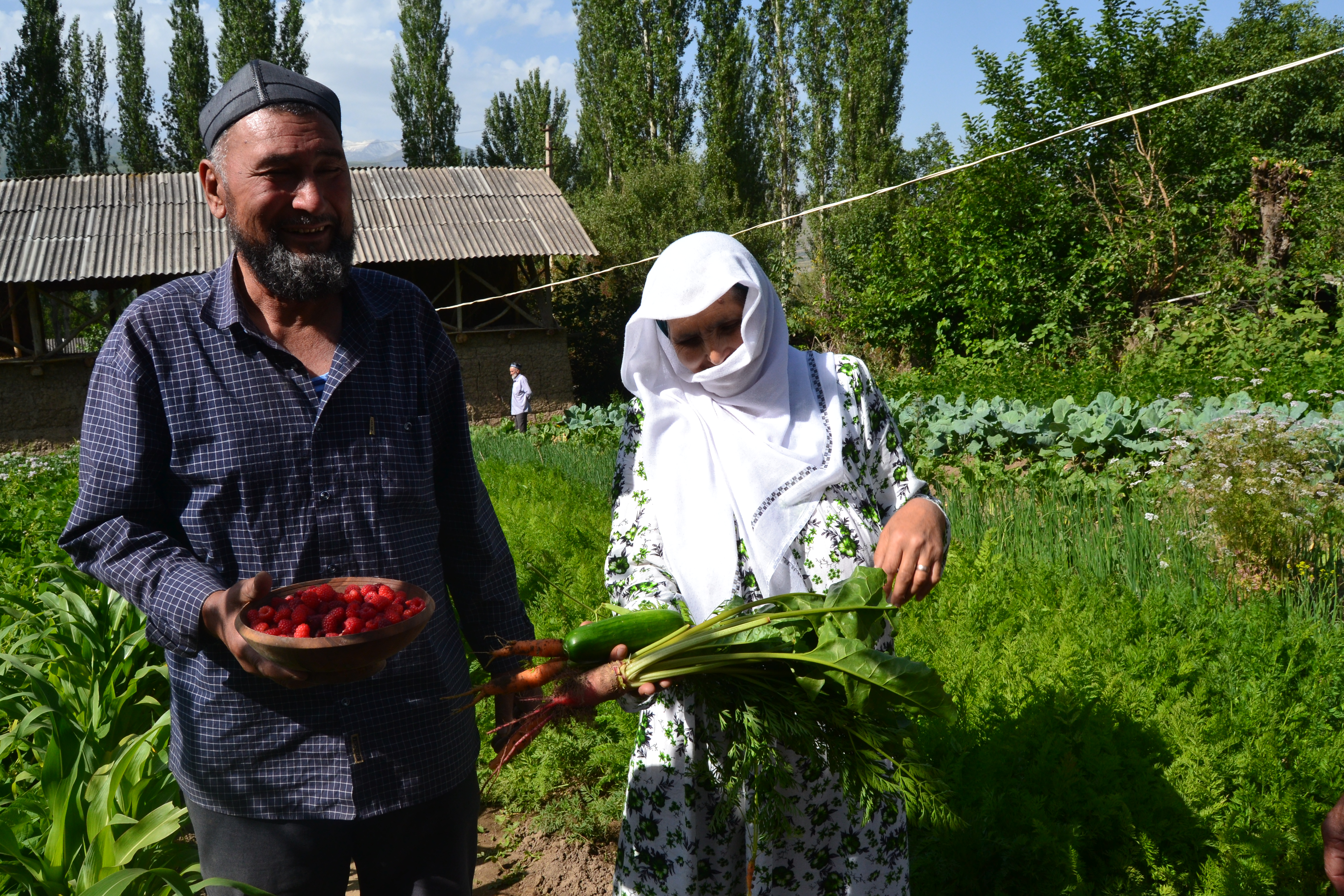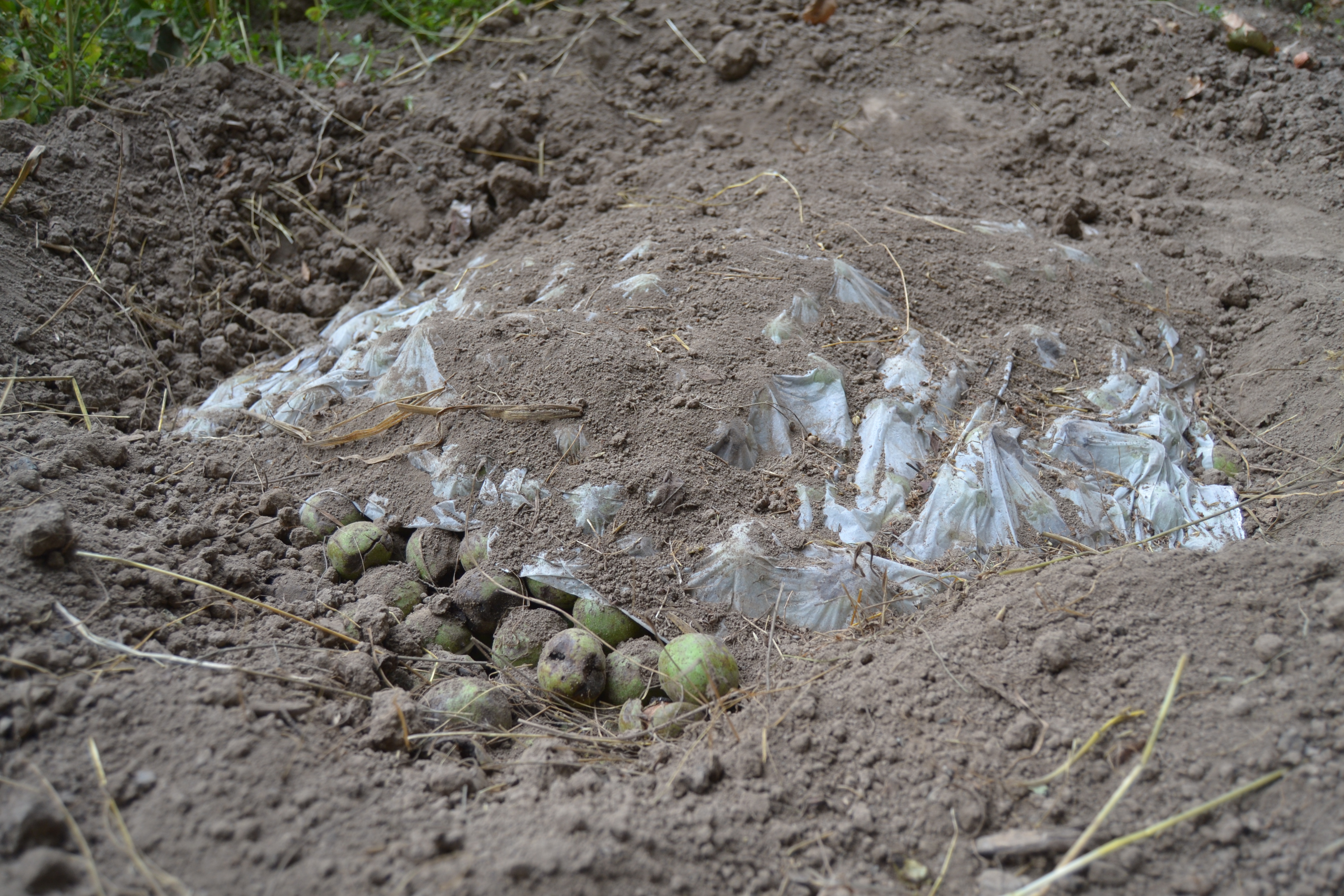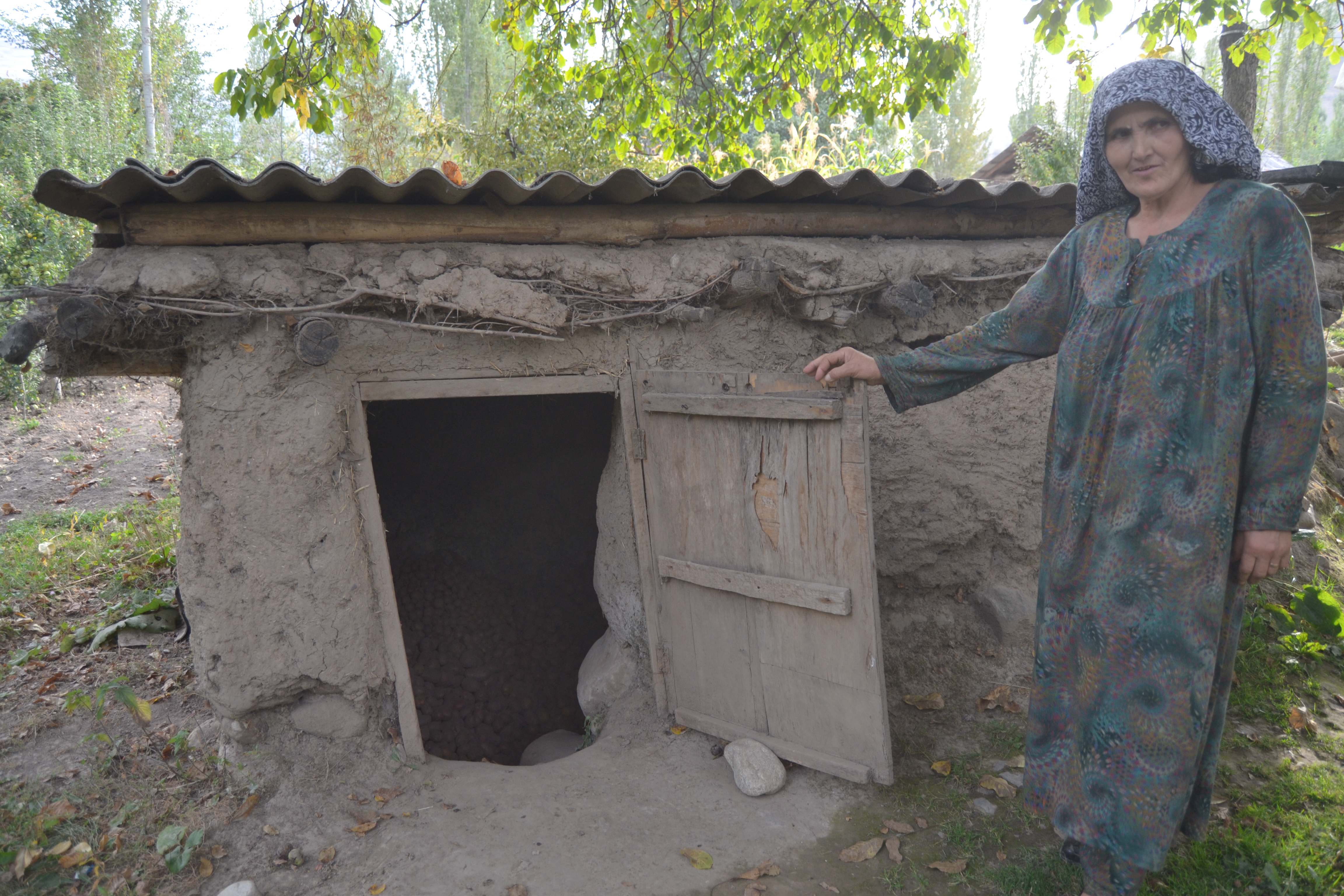




Une récolte et une gestion post-récolte adéquates sont particulièrement importantes pour la production de fruits, de baies, de légumes et d'herbes. Ceux-ci doivent être stockés dans un espace sec et frais, mais à l'abri du gel, qui doit être désinfecté à l'avance. Les souris, en particulier, constituent une menace fréquente pour la plupart des installations de stockage, contaminant les produits et rendant ainsi impossible toute vente ultérieure. L'utilisation de pesticides doit être évitée pour lutter contre les parasites, car ils contaminent les produits alimentaires. Il convient plutôt d'utiliser différents types de pièges.
Lors du stockage de fruits frais comme les pommes, la récolte doit être effectuée avec précaution, afin de minimiser le risque de putréfaction.
Il faut éviter de stocker des pommes et des pommes de terre ensemble, car les pommes produisent de l'éthylène, qui peut faire germer les pommes de terre à l'avance.
Les fruits peuvent également être conservés après la récolte en faisant de la compote, de la confiture ou en les séchant.
Comme les fruits, de nombreux légumes peuvent être conservés en bocaux, tandis que d'autres, comme les tomates, peuvent être séchés. La méthode la plus simple et la plus économique pour conserver les légumes-racines tels que les carottes, les betteraves, les radis, etc. consiste à les placer dans des bacs recouverts de paille et de terre pour les protéger du gel. Les bacs doivent être contrôlés régulièrement pour éviter l'infestation par des parasites, en particulier des souris.
Les jardins potagers jouent un rôle important dans la sécurité alimentaire et nutritionnelle des régions isolées. Les familles d'agriculteurs dépendent de la récolte des produits des jardins potagers tout au long de l'année et sont donc désireuses d'améliorer leurs connaissances et leurs compétences en matière de gestion de la récolte et de l'après-récolte.
Les agriculteurs des différentes régions ont des pratiques différentes de stockage et de conservation des fruits et légumes qui se transmettent de génération en génération. L'organisation de visites d'échange entre agriculteurs de différentes régions permet de diffuser les meilleures pratiques.
La diversification d'un jardin potager contribue à une alimentation riche, mais les agriculteurs doivent avoir une bonne connaissance de la récolte, de l'utilisation, du stockage et de la transformation de chaque culture. Au cours du projet, on a appris qu'il était difficile de fournir suffisamment d'informations sur ces sujets en une seule session de formation. Des formations plus fréquentes sont nécessaires pour élargir les connaissances des agriculteurs sur les nouvelles cultures concernant la plantation, la croissance, la récolte et la gestion post-récolte.